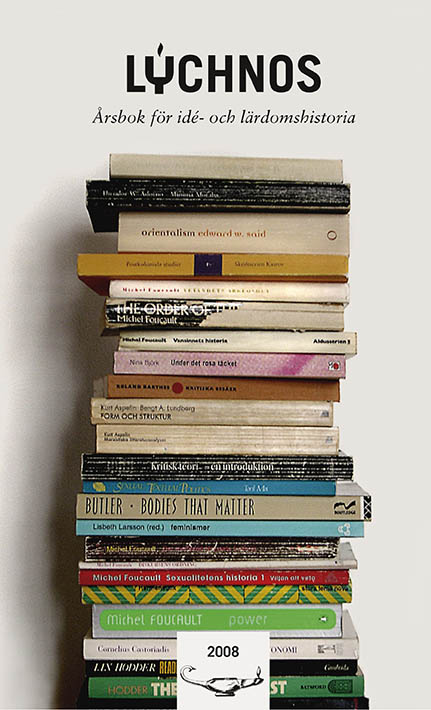Gruvor och kemi under 1700-talet i Sverige
Nytta och vetenskap
Abstract
This article discusses the relations between the mining industry and chemistry in Sweden during the 18th century. It is argued that, on the whole, miners worked in what is called a ”man-made landscape” and in that way created material goods, whereas the chemists worked in a ”mental landscape” creating scientific theories. Both ”landscapes” had a shared ground in naturally given landscape. Thanks to the institutional organisation of both chemistry and mining, contacts between miners and chemists were frequent and strong. There existed many meeting points (comparable to the ”trading zones” of Peter Galison), all of which circled around analysis. At the meeting points there were very few, if any, conflicts between miners and chemists, and an exchange of experiences and results took place. But the analytical results were used differently and were given different meanings in the two landscapes. In the mental landscape the result of analysis was used to create either mineralogical systems of classification, or, in line with ideals from experimental physics, general laws. In the man-made landscape, miners wanted to get as much metals out of the minerals as possible, and since every process was unique and minerals far from homogenous, the general laws here lost their significance. Chemical theories were simply too crude to answer to the needs of the miners, who demanded local knowledge and local action. That theoretical consensus seldom was reached among chemists also reduced their possibility to influence miners through their science. Chemistry could never control that part of the man-made landscape where miners worked. Nothing changed in the blast-furnace process with the introduction of anti-phlogistic chemistry. So even if, thanks to mercantilist ideology, mining heavily influenced chemistry during the 18th century, chemistry could never pay back to mining what mining had given it.
Downloads
Publicerad
Nummer
Sektion
Licens
This work is licensed under a Creative Commons Attribution 4.0 International License. The copyright for the work published in Lychnos remains with the authors.


